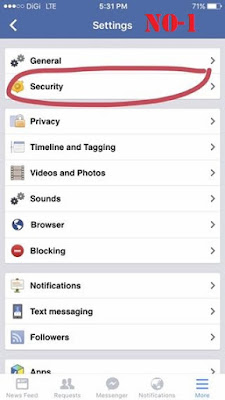Xilisoft YouTube Video Converter 5.6.4 build 20151116 Multilangual | 27.28 MB
For YouTube video fans, Xilisoft YouTube Video Converter is undoubtedly the ideal choice to download YouTube video MP4, FLV, Webm, and convert YouTube videos to a vast array of popular formats such as MP3, AVI, MPEG, H.264/AVC, MOV, RM, and many others. Moreover, this YouTube Converter can be also a powerful Video Converter to convert between all videos files in different formats. With super fast download and conversion speeds, Xilisoft YouTube Video Converter lets you fully experience YouTube videos at home or on the go.
- Download YouTube videos (MP4, FLV, Webm) and convert to MP3, AVI, MPEG, MP4, 3GP, H.264, MKV, etc.
- Download YouTube HD videos and convert them for playback on PS3 and other HD devices.
- Convert all kinds of local video files in different formats to other videos formats.
- Convert YouTube videos for viewing on iPhone, iPad, iPod, Apple TV, Galaxy, HTC One, Moto X, Nexus, Kindle, Surface, Lumia and other devices.
- The smarter design brings much easier usage and better user experiences.
Download YouTube Videos Freely
Xilisoft YouTube Video Converter enables you to effortlessly download YouTube MP4, FLV and Webm videos.
YouTube HD video Downloader
Directly download YouTube HD videos, even 1080p HD videos to your computer with this YouTube downloader.
YouTube Video Converter
Convert YouTube FLV, MP4 to MP3, AVI, MPEG, MP4, 3GP and other formats to be compatible with iPod, iPhone, iPad, Apple TV, PSP, PS3, Zune, Blackberry, 3GP mobile phones, Xbox, etc.
More Powerful Video Converter
Convert your local videos in different formats like AVI, MPEG, WMV, MKV, MP4, H.264/MPEG-4, RM, MKV, WMV HD, etc to any other videos.
Multiple Tasks Supported
Download and convert multiple YouTube videos at the same time, just adding as many video URLs as you want, and let Xilisoft YouTube Video Converter complete the tasks in batches.
Set Output Formats
You can choose to convert YouTube video to MP3, AVI, MPEG, WMV, MP4, FLV, H.264/MPEG-4, DivX, XviD, MOV,MKV, H.264/MPEG-4 AVC (*.mp4), MPEG2 HD Video (*.mpg; *.mpeg), MKV HD Video, Quick Time HD Video (*.mov), WMV HD Video (*.wmv), Audio-Video Interleaved HD Video (*.avi).
Set Output for Various Multimedia Devices
You can set your output file just for specified devices like iPhone, iPad, Galaxy, HTC One, Moto X, Nexus, Kindle, Surface, Lumia, etc.
More Options to Better Assist Your YouTube Video Conversion
Set preferred video quality, resolutions, video bitrate, and formats; Set max simultaneous downloads and conversions; Set custom download and conversion settings.
Automatically Transfer MP4, MOV, and MP3 file to iTunes
This YouTube converter provides the option for you to choose if you want to automatically transfer MP4, MOV and MP3 file to iTunes after downloading and converting.
Multilingual Interface
This YouTube video converter is available in English, French, Japanese, German, Spanish and Chinese. And much smarter design brings much easier usage and better user experiences.
Updates: official site does not provide any info about changes in this version
================
[INSTALL NOTES]
================
Step 1: unpack rar archive
Step 2: run the setup
Step 3: Use the given keygen , patch and crack all are working use whatever you like :)to activate
(recommend to copy and paste the patch into the installed directory and double click it on the patch file and do the patch) or
Copy the crack folder content and paste it to the software installed directory.
Step 4: Enjoy and Support Developers, Buy It, They Deserved It!
























